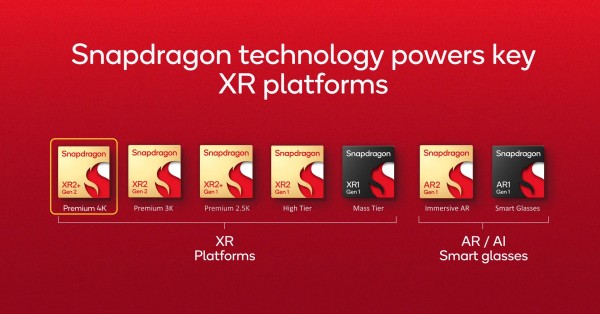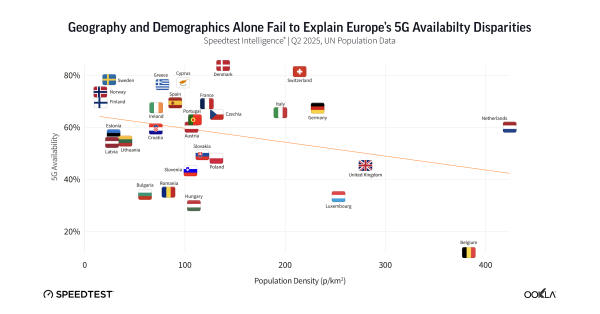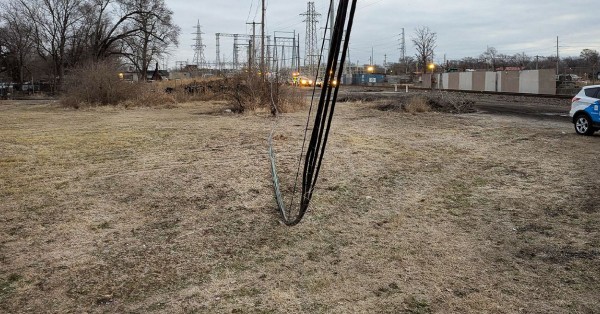London, UK, 21 July, 2023 – BT and OneWeb, in partnership with the UK government, are now delivering high-speed, low-latency internet connectivity to Lundy Island, North Devon, providing it with reliable connectivity for the first time.
Sitting 19 kilometres off the coast of North Devon, Lundy is the first real-world example of how BT and OneWeb’s strategic partnership can deliver game-changing benefits to remote locations both in the UK and beyond.
Connectivity is delivered through the installation of an Intellian dual parabolic terminal on the island itself. This small, outdoor satellite antenna system connects to OneWeb’s constellation of over 630 LEO satellites which orbit at a distance of just 1,200km, enabling high throughput and low latencies to even the most remote locations. This is connected to an indoor satellite modem to provide two-way data connectivity.
The connection then travels from User Terminal (UT) to Satellite Network Portal (SNP) via the LEO satellites, where it is backhauled across OneWeb’s Wide Area Network to handover to one of BT’s points of presence (PoP) in London. From the PoP, traffic is routed back into the internet or delivered into BT’s 21C core network.
Serving a permanent community of 28 residents, the new satellite connectivity will deliver multiple benefits to the island, from supporting payment systems in the local tavern and shop to powering local conservation efforts in an area which in 2010 became the UK’s first Marine Conservation Zone.
Beyond Lundy, OneWeb’s LEO satellites are a crucial part of BT’s ambition to provide high-speed connectivity anywhere in the UK by 2028, with use-cases expanding beyond supporting ultra-remote communities to include eco-tourism, search and rescue, and temporary deployments like festivals.
As well as providing broadband connectivity to locations such as Lundy, the two companies are also trialling ways of enhancing mobile connectivity via satellite, and in May completed a live field trial transmission of 4G data using an LEO satellite link.
Greg McCall, Chief Networks Officer, BT Group, said: “It’s brilliant to be bringing high-speed, low-latency connectivity to Lundy Island in partnership with OneWeb and DSIT. The installation will not only have a transformative impact on the island and its residents, but is also a significant milestone in demonstrating the value of satellite communications and the crucial role such solutions will play in enabling digital connectivity across the entirety of the UK and beyond.”
Stephen Beynon, Chief Commercial Officer, OneWeb, said: “We are excited to be working with BT and DSIT across Lundy Island, as we deliver consistent and stable connectivity to its community. This project illustrates the importance of collaboration between OneWeb and its partners, to maximise the benefits of LEO solutions for rural and hard-to-reach areas. We look forward to continuing our partnership with government and the telecoms industry to improve access to connectivity services globally.”
Sir John Whittingdale MP, Minister for Data and Digital Infrastructure, said: “This is yet another example of brilliant British ingenuity being brought to bear on our commitment to deliver a digital revolution in all parts of the country. Our Alpha Trials programme is bringing high-speed connectivity to some of our hardest to reach places, from Papa Stour in the Shetland Islands to Lundy. Working with OneWeb and BT, the island will now have access to high-speed, reliable connectivity delivered by satellite which will not only unlock new opportunities for residents, but also support ongoing conservation efforts.”
Rosemary Ellis, Warden of Lundy Island, said: “The connectivity provided by BT and OneWeb is already delivering fantastic benefits, speeding up frustrating jobs that used to take hours. For example, I was able to upload an hour-long talk on our conservation success stories in just a few minutes, when it had previously failed to send multiple times. This frees me up to get out of the office to focus on surveying our wildlife, and I can much more easily engage with researchers and students. As a resident of the island, Coastguard Rescue officer and Community First Responder, it also gives me peace of mind that if we need any mainland medical advice, we can easily video-call from the village.”
Source: OneWeb Press releases Read More






























